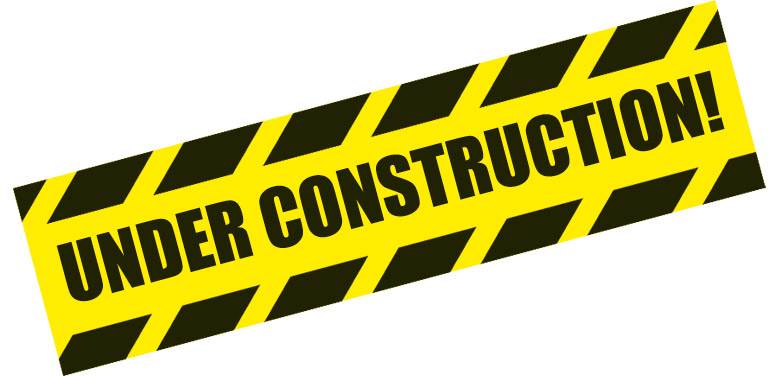Artisan Radio
Canadian Regulations
Canadian Regulatory Bodies & The Rules
Canada has two regulatory bodies that oversee users of the radio spectrum.
Innovation, Science and Economic Development Canada (ISED), formerly Industry Canada (IC) is responsible for the technical aspects of transmitting any radio signal, both broadcasting and non broadcasting. Their focus for low power, unlicensed transmissions is to limit interference to other, licensed users. What that generally means is that they want to severely limit the range that such transmissions can travel, and they do this in a variety of ways, which will be described later.
The Canadian Radio-television and Telecommunications Commission (CRTC) is responsible for the content of all broadcasting transmissions.
And now we get to perhaps the most confusing aspect of Canadian regulations. What exactly is broadcasting? This is an important question, because there are different sets of rules for both non broadcasting and broadcasting endeavors.
Broadcasting is simply defined as any radio signal that is intended to be listened to by a member of the general public. How's that for vague?
So let's dive a little deeper. First, the word 'intent' is very important. Radio signals can't be stopped by walls, or property boundaries. So anybody can theoretically listen to them. But if you're the only listener, or perhaps you and a few friends in neighboring houses, your intent is not to have members of the general public hear. They don't know about you, and you are bounding your transmissions. That would not be broadcasting.
However, if you go out and tell everyone in your neighborhood that you have a radio station, perhaps use multiple transmitters in an attempt to extend your range, and maybe even take in advertisements, that could certainly be construed as broadcasting. You intend for as many random members of the public to listen to you as you can get.
So what exactly does all this mean in practical terms, both in terms of the rules and the regulatory bodies.
First of all, ISED has two sets of rules for unlicensed, intentional transmissions; one for non broadcasting, titled RSS210 (and an overview in RSS-GEN) and one for broadcasting (BETS or Broadcasting Equipment Technical Standards). Both sets of rules lay out the criteria for a clean signal, with no harmonics and spurs, and both attempt to limit transmission range (RSS210) and broadcast range (BETS).
We'll go into more detail later, but let's consider RSS210 first. On the AM band, transmitters that meet RSS210 specifications can have 100 milliwatts input to the final stage, and an antenna system (including ground wire) of no more than 3 meters. There is another option that relies on field strength, but it's not meaningful in terms of range so we'll ignore that for now. On the FM band, transmitters can generate a signal with field strength of no more than 250uv/m at 3 meters.
Now let's look at BETS. BETS specifications only deal with field strength. On the AM band (BETS-5), the maximum field strength for an approved transmitter is 250uv/m at 30 meters. On the FM band (BETS-6), it's 100uv/m at 30 meters.
Now, the CRTC requires that all broadcasting endeavors have a broadcast license obtained from them. I bet you were wondering when the CRTC would come into play.
However, the CRTC has multiple exemptions from the requirement of licensing, and transmitters that meet the unlicensed BETS specifications is one such exemption. However, there are caveats to that exemption; again, we'll go into more detail later, but they relate to the content of the broadcasting and the CRTC always reserves the right to demand that a BETS-5 or BETS-6 station apply for a broadcast license (which effectively shuts you down, as they're extremely difficult and expensive to get).
So, BETS or RSS210?
It all depends on what you want to do, what kind of range you want to achieve, and how you will be listening to your transmissions.
There are no BETS certified AM transmitters being sold today, and I'm not sure if there ever were any.
There are, and were, several BETS certified FM transmitters. Currently, there is one available, the Decade MS-100, which comes in various flavors (mono or stereo) and with various options. If you want to emulate the 'big boy' licensed radio stations, and broadcast, this is your only choice. You do not require an ISED license to use it, and the CRTC has a license exemption as well.
There was another BETS certified transmitter available in the past, the Decade CM-10, but it has been discontinued.
Now, on to RSS210. Remember, transmitters that are certified under this set of regulations are not supposed to be used for broadcasting.
On the AM band, again, there is only one that is currently available, the ChezRadio ProCaster. In the past, the Talking Sign was also available (made by the same company) but it has been discontinued.
On the FM band, there are several transmitters to choose from. The Broadcastvision (BVE) AXS-FMT (the one with analog input only) and the Whole House 3 are current. There were several Canakit RSS210 certified transmitters available in the past, but they've fallen by the wayside.
Things are still probably as clear as mud, so let's look at some concrete examples.

